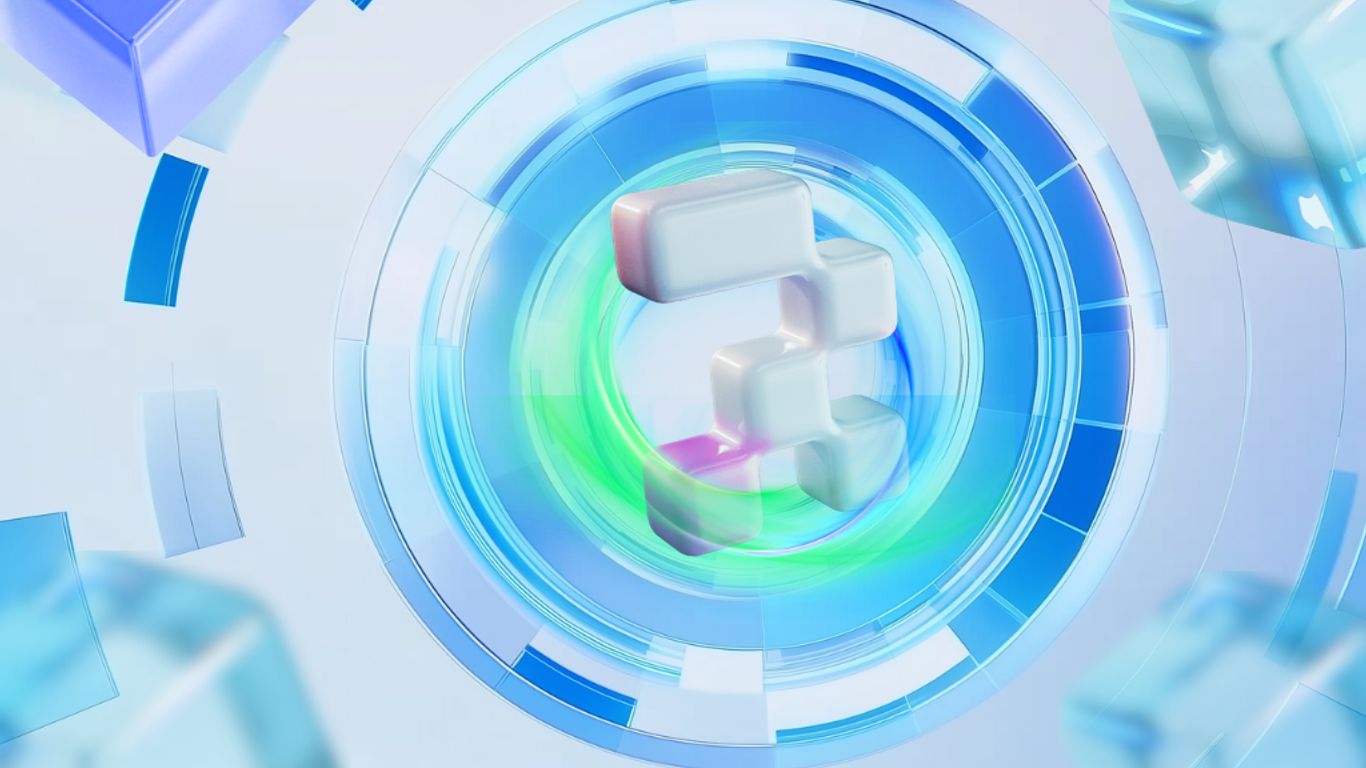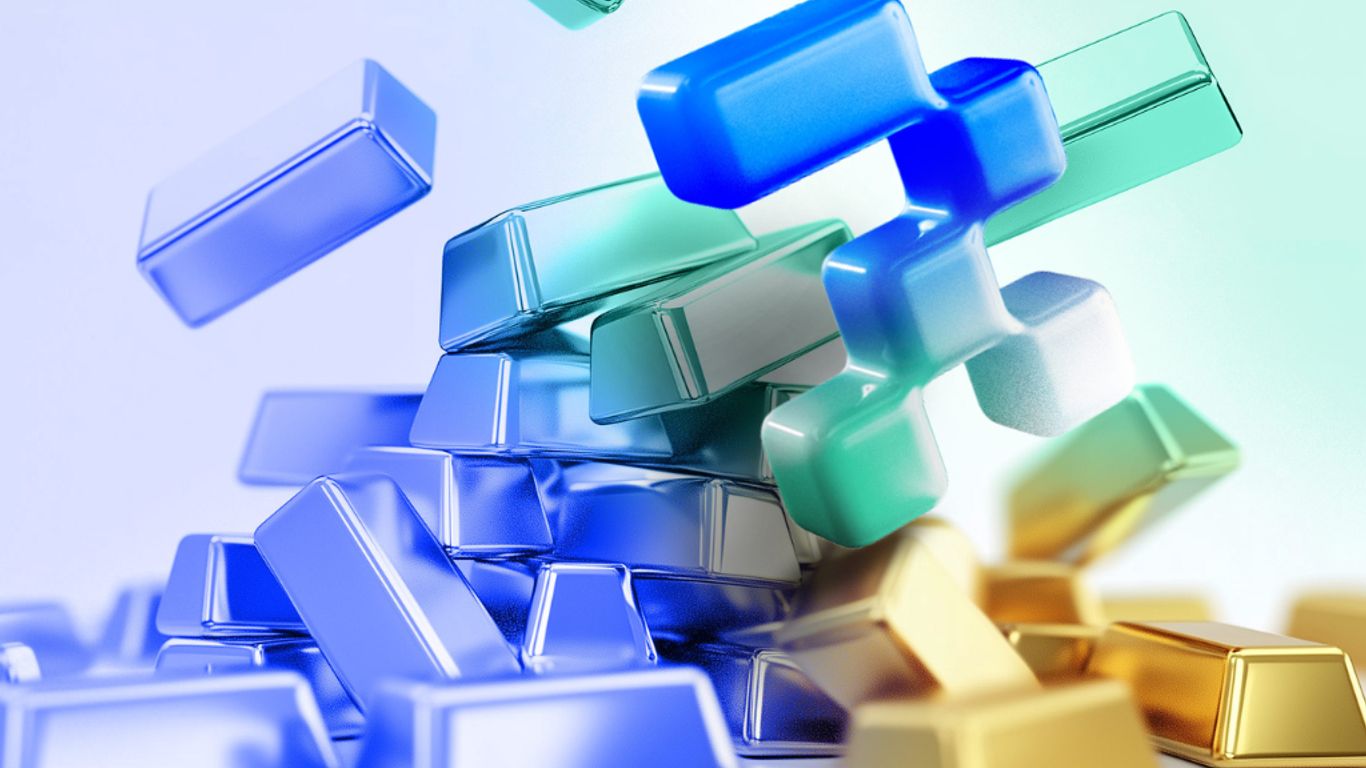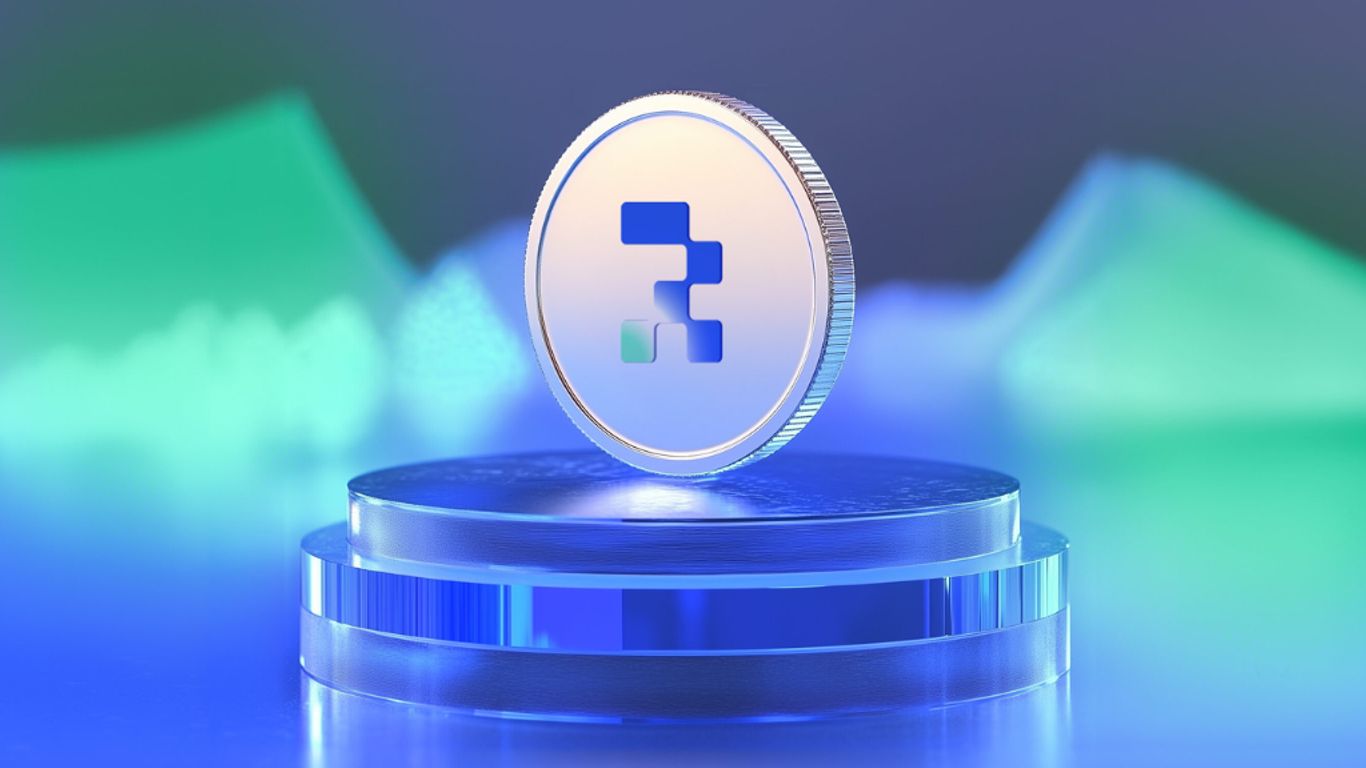Tokenization is reshaping the investment landscape by turning physical assets into digital tokens. This process makes it easier for more people to invest in various asset classes, from real estate to art. By breaking down large investments into smaller, more affordable pieces, tokenization opens the door for many new investors. Let's explore the top asset classes that are being tokenized and how this trend is changing the way we think about ownership and investment.
Key Takeaways
- Tokenization allows people to invest in expensive assets like real estate and art without needing a lot of money.
- It makes buying and selling assets easier and faster.
- Investors can own just a part of a valuable item, making it more affordable.
- Tokenization increases transparency and reduces fraud risks in transactions.
- More people can participate in markets that were once only for wealthy individuals.
1. Real Estate
Tokenization is changing the way we think about real estate investments. By turning properties into digital tokens, more people can invest in real estate without needing a lot of money. This process allows for fractional ownership, meaning that multiple investors can own a piece of a property. Here’s how it works:
How Tokenization Works
- Property Valuation: The property is assessed to find out its market value.
- Token Creation: The property is divided into tokens, each representing a share of the property.
- Marketplace Listing: Tokens are listed on a platform where investors can buy them.
- Ownership Transfer: When tokens are bought, ownership is recorded on the blockchain.
Benefits of Tokenized Real Estate
- Increased Liquidity: Tokenized properties can be bought and sold more easily, making the market more fluid.
- Lower Costs: Tokenization can reduce the costs associated with traditional real estate transactions.
- Global Access: Investors from anywhere in the world can participate in real estate markets.
Challenges of Tokenized Real Estate
- Market Volatility: The value of tokens can change quickly, which can be risky for investors.
- Security Concerns: While blockchain is secure, it is still vulnerable to cyber-attacks.
- Regulatory Issues: Different countries have different laws regarding tokenized assets, which can complicate transactions.
Tokenization of real estate opens up new opportunities for small investors and brings more liquidity to the market. It's a win-win for everyone involved.
In summary, tokenizing real estate is a game-changer. It makes investing in properties easier and more accessible, allowing more people to participate in the real estate market.
2. Art
Tokenizing art changes how we think about owning and trading valuable pieces. By turning physical artworks into digital tokens, it becomes easier for many people to invest in art. This process makes ownership more open and accessible.
Benefits of Tokenizing Art
- Fractional Ownership: Multiple investors can own a piece of a high-value artwork, making it affordable for more people.
- Increased Liquidity: Tokenized art can be bought and sold more easily, similar to stocks or cryptocurrencies.
- Transparency: The blockchain records ownership details, ensuring authenticity and a clear history of the artwork.
How It Works
- Art Valuation: The artwork is appraised to determine its value.
- Token Creation: The artwork is divided into tokens, each representing a share of the piece.
- Marketplace Listing: Tokens are listed on platforms where investors can buy them.
- Ownership Transfer: When tokens are sold, ownership is updated on the blockchain.
Tokenizing art not only democratizes access to valuable pieces but also enhances liquidity and transparency in the art market.
Real-World Example
Platforms like Maecenas allow users to buy, sell, or trade tokenized art, supporting payments in both traditional and digital currencies. This opens up global access to art investment, making it available 24/7.
In summary, the tokenization of art is a game-changer, allowing more people to participate in the art market and invest in pieces that were once only available to the wealthy.
3. Collectibles
Tokenization is changing how we view collectibles. This process allows people to own parts of valuable items like rare coins, vintage toys, and sports memorabilia. Here’s how it works:
Benefits of Tokenization in Collectibles
- Fractional Ownership: Instead of needing a lot of money to buy a whole collectible, you can buy a small part.
- Increased Liquidity: Tokenized collectibles can be bought and sold more easily, making it simpler to trade.
- Transparency: Blockchain technology helps prove ownership and authenticity, reducing the risk of fraud.
Examples of Tokenized Collectibles
Tokenization opens up new opportunities for collectors, allowing them to invest in items that were once out of reach.
In summary, the tokenization of collectibles is making it easier for more people to invest in and enjoy these unique items. It’s a win-win for both collectors and investors!
4. Commodities
Tokenization is making waves in the commodities market, allowing for easier trading and ownership of valuable resources. Tokenized commodities like gold and oil are becoming popular as they offer a more efficient way to invest. Here are some key points about this trend:
Benefits of Tokenization in Commodities
- Increased Liquidity: Tokenization allows investors to buy and sell commodities more easily.
- Fractional Ownership: Investors can own a part of high-value commodities without needing to buy the whole asset.
- Enhanced Security: Blockchain technology ensures that ownership records are secure and transparent.
Examples of Tokenized Commodities
Tokenization is transforming how we invest in commodities, making it easier for more people to participate in these markets. This shift is not just about technology; it’s about creating new opportunities for investors.
In summary, the tokenization of commodities is a significant step towards making these assets more accessible and liquid for a wider range of investors. As this trend continues, it promises to reshape the landscape of commodity trading.
5. Intellectual Property
Intellectual property (IP) includes creations of the mind, like inventions, designs, and artistic works. Tokenization is changing how we manage and monetize these assets. By turning IP into digital tokens, creators can share ownership and earn money in new ways.
Benefits of Tokenizing Intellectual Property
- Fractional Ownership: Investors can buy a part of valuable IP, making it easier for more people to invest.
- New Revenue Streams: Creators can earn money from their work without giving up full ownership.
- Enhanced Transparency: Blockchain technology helps prove ownership and authenticity, reducing fraud risks.
How Tokenization Works
- Identify the IP: Choose the intellectual property to be tokenized, like a patent or a trademark.
- Create Tokens: Divide the IP into digital tokens that represent ownership shares.
- Marketplace Listing: List the tokens on a platform where investors can buy them.
- Ownership Transfer: When tokens are sold, ownership is recorded on the blockchain.
Tokenization of intellectual property opens up new opportunities for creators and investors alike, making it easier to share and profit from innovative ideas.
Challenges in Tokenization
- Legal Issues: Different countries have various laws regarding IP, which can complicate tokenization.
- Technical Barriers: Not all creators are familiar with blockchain technology, which can hinder adoption.
- Market Acceptance: The concept of tokenized IP is still new, and it may take time for the market to fully embrace it.
6. Bonds
Tokenization is changing how bonds work, making them easier to trade and more accessible. One of the primary benefits of tokenization is increased liquidity. This means that investors can buy and sell bonds more easily than before. Here are some key points about tokenized bonds:
- Faster Transactions: Tokenized bonds can be issued quickly, reducing the time it takes to complete a deal.
- Lower Costs: Using blockchain technology cuts down on fees, making it cheaper to invest in bonds.
- Fractional Ownership: Investors can buy smaller parts of a bond, allowing more people to participate in the market.
Benefits of Tokenized Bonds
Tokenization is transforming how we view and manage debt instruments, making them more accessible and efficient for everyone involved.
7. Treasury Securities
Overview
Tokenization is changing how we handle Treasury securities. By turning these traditional assets into digital tokens, we can make them easier to trade and manage. Tokenized Treasuries can be used as collateral for margin calls, enhancing their utility in financial markets.
Benefits of Tokenization
- Faster Transactions: Tokenization speeds up the buying and selling process, making it more efficient.
- Lower Costs: By reducing the need for intermediaries, costs associated with transactions can be significantly lowered.
- Increased Access: More investors can participate in the market, as tokenization allows for fractional ownership.
Spotlight on Repos
Repurchase agreements, or “repos,” are a prime example of how tokenization is being adopted. Major financial institutions like Goldman Sachs and J.P. Morgan are already transacting trillions of dollars in repos each month. Tokenizing repos can lead to:
- Operational Efficiency: Smart contracts automate daily management tasks, reducing errors.
- Capital Efficiency: Instant settlement improves liquidity for short-term borrowing.
Tokenization is revolutionizing the way we view and manage Treasury securities, making them more accessible and efficient for everyone involved.
Conclusion
The future of Treasury securities looks promising with tokenization. As more institutions adopt this technology, we can expect a more efficient and inclusive market.
8. Precious Metals
Tokenization Overview
Tokenization of precious metals is becoming a popular way to invest in valuable assets like gold and silver. Tokenized precious metals offer a new way to invest, making it easier for people to own a piece of these valuable resources without needing to buy the physical metal.
Benefits of Tokenization
- Accessibility: Investors can buy fractions of precious metals, making it affordable for more people.
- Liquidity: Tokenized metals can be traded easily, allowing for quick buying and selling.
- Security: Digital tokens are backed by real assets, ensuring that the value is secure.
Challenges
- Regulatory Issues: Different countries have different rules about tokenized assets, which can create confusion.
- Market Volatility: The prices of precious metals can change quickly, affecting the value of tokens.
- Technology Dependence: Investors need to trust the technology behind tokenization, which can be a barrier for some.
Tokenization is changing how we invest in precious metals, making it easier and more accessible for everyone.
Conclusion
The future of investing in precious metals looks bright with tokenization. As technology improves and regulations become clearer, more people will likely take advantage of this innovative investment method.
9. Digital Currencies
Digital currencies are changing how we think about money and transactions. Tokenization is making it easier for everyone to invest in these currencies. Here are some key points about digital currencies:
1. Types of Digital Currencies
- Cryptocurrencies: These are decentralized and use blockchain technology. Examples include Bitcoin and Ethereum.
- Stablecoins: These are pegged to traditional currencies, like the US dollar, to reduce price volatility. An example is USDT.
- Central Bank Digital Currencies (CBDCs): Many governments are exploring their own digital currencies to modernize their financial systems.
2. Benefits of Digital Currencies
- Increased Accessibility: Digital currencies allow more people to participate in the financial system, especially those without bank accounts.
- Lower Transaction Costs: Transactions can be cheaper and faster compared to traditional banking methods.
- Enhanced Security: Blockchain technology provides a secure way to conduct transactions, reducing the risk of fraud.
3. Challenges Ahead
- Regulatory Issues: Different countries have different rules about digital currencies, which can create confusion.
- Market Volatility: Prices can change rapidly, making it risky for investors.
- Technological Barriers: Not everyone has access to the technology needed to use digital currencies effectively.
Digital currencies are reshaping the financial landscape, making it possible for more people to engage in markets that were once exclusive to the wealthy.
In summary, digital currencies represent a significant shift in how we view money and transactions. As technology continues to evolve, they promise to make financial systems more inclusive and efficient for everyone.
10. Stocks and Shares
Tokenization is changing how we think about stocks and shares. By turning these financial assets into digital tokens, it makes them easier to trade and own. This process allows more people to invest in the stock market, which was once only for the wealthy.
Benefits of Tokenization
- Fractional Ownership: Investors can buy small parts of expensive stocks, making it affordable for everyone.
- Increased Liquidity: Tokenized stocks can be bought and sold quickly, improving market activity.
- Simplified Transactions: The buying and selling process becomes faster and less complicated.
Challenges Ahead
- Regulatory Issues: Different countries have different rules about digital tokens, which can create confusion.
- Market Volatility: The stock market can be unpredictable, and tokenized stocks are no exception.
- Security Concerns: Protecting digital assets from hacking is crucial for investor confidence.
Tokenization is making the stock market more accessible, allowing everyday people to invest in assets that were once out of reach. This shift could lead to a more inclusive financial system.
Future Outlook
As technology continues to evolve, we can expect to see more innovations in how stocks and shares are traded. The potential for tokenized stocks to democratize investing is significant, paving the way for a new era in finance.
Conclusion
In conclusion, the rise of tokenization is reshaping how we think about investments. By turning real assets like real estate, art, and collectibles into digital tokens, more people can join in on these markets. This change makes it easier for everyone to invest, even if they don’t have a lot of money. As technology improves and rules become clearer, we can expect tokenization to open up even more opportunities for investors and creators alike. This new way of investing is not just a passing trend; it’s a big step towards making finance more fair and accessible for everyone.
Frequently Asked Questions
What is tokenization?
Tokenization is when real-world things, like buildings or art, are turned into digital tokens that can be bought and sold easily.
How does tokenization help investors?
It allows investors to buy small parts of expensive items, making it easier for everyone to invest.
Can anyone invest in tokenized assets?
Yes, tokenization makes investing more open to people from all walks of life, not just the wealthy.
What types of assets can be tokenized?
Many things can be tokenized, including real estate, art, collectibles, and even intellectual property.
How does tokenization work?
Assets are divided into digital tokens, which are then sold on online platforms, allowing for easy trading.
Is tokenization safe?
Tokenization uses blockchain technology, which is generally secure and helps keep ownership clear.
What are the benefits of tokenizing real estate?
It increases liquidity, allows for fractional ownership, and makes transactions faster and easier.
Are there risks involved with tokenization?
Yes, like any investment, there are risks, including market volatility and legal uncertainties.




